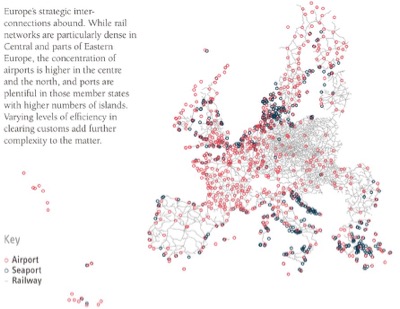
On 28 March 2018, the European Commission presented its plan for the creation of a “Military Schengen” [1].
Although the reference to Schengen free movement agreements suggests the contrary, this “military Schengen” is not a European project but something Nato wanted. The aim of this Military Schengen is not to give the armies of EU member states a free pass to roam about EU territory without red tape being put in their way, but to extend this privilege to all NATO armies (including US, Turkish armies or Canadian armies).

This plan must not be interpreted as being some way connected to the Skripal matter, which everyone is talking about today. Nato conceived this plan two years ago. It was already mentioned in a report by the European Parliament in October 2016. According to internal Nato documents, it could be implemented in two hypos: first, in the event of a war against Russia and second, in the case of a popular rising in a Nato member state. Between the lines is perhaps a third hypo: to enabling US armies to carry out a fireman role and extinguish riots in the popular suburbs of Europe’s big cities.
25 of the 28 Member states have received instructions to hand over detailed maps of all their communication routes and to specify the necessary works that would be carried out on their roads, tunnels and bridges to make them fit for Nato’s purpose. These countries have also been requested to reach an agreement for granting the necessary exemptions to the laws and regulations in force that prohibit the transport of arms and military materials on their territory.
[1] Joint Communication to the European Parlament and the Council on the Action Plan on Military Mobility, JOIN(2018) 5 final, March 28, 2018.






















Stay In Touch
Follow us on social networks
Subscribe to weekly newsletter